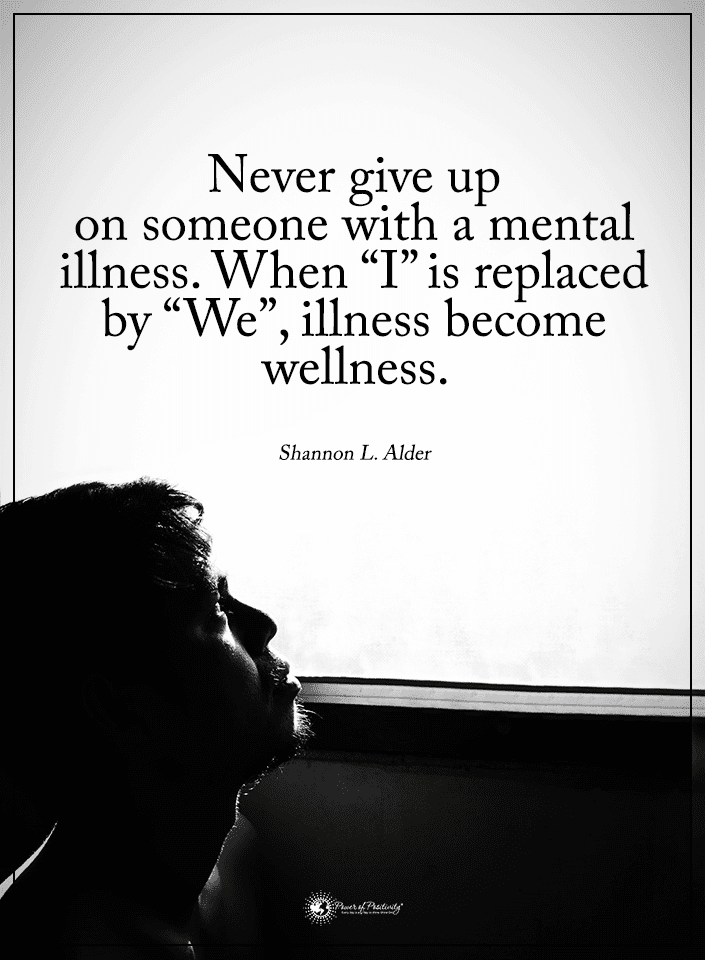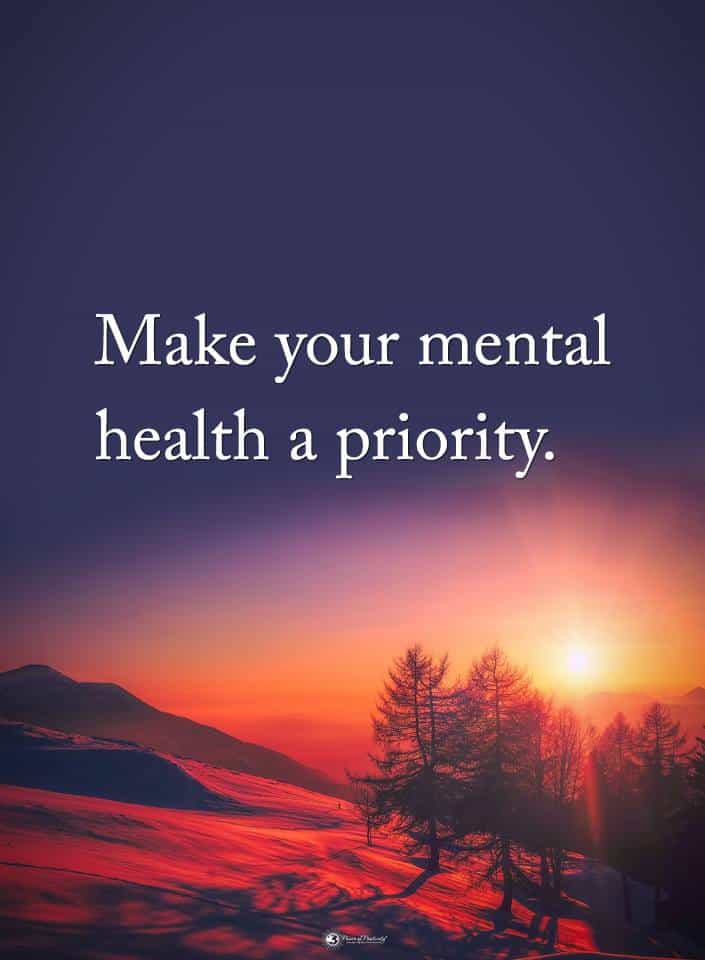A 30-year-old woman from Argentina became the second documented person in the world to beat HIV naturally. The woman, who chose to remain anonymous due to the stigma surrounding the virus, contracted HIV in 2013. Since being diagnosed, her immune system helped her defeat the virus without the help of medications.
Researchers have called the young mother the “Esperanza patient” after the Argentinian town she calls home. “Esperanza” means “hope” in English, a fitting name for this victory over a devastating illness.
She revealed to NBC News that she’s grateful to have beaten the disease naturally. She enjoys living a healthy life without the need for medications. For her, it’s as though she never got sick in the first place, a great privilege in her eyes.
HIV, or human immunodeficiency virus, attacks immune cells that typically help the body ward off infections. A weakened immune system makes a person more vulnerable to contracting other illnesses.
What Causes This Virus?

According to HIV.gov, it spreads by contact with the bodily fluids with HIV. Most commonly, people contract HIV during unprotected sex with someone HIV-positive or through sharing injection drug supplies like syringes or needles.
If left untreated, HIV can eventually lead to the late-stage infection known as AIDS (acquired immunodeficiency syndrome. This occurs due to severe immune system damage caused by HIV. However, most people in the United States who have HIV don’t develop AIDS if they take medicine to stop the disease’s progression.
Currently, there’s no effective cure for HIV, so people who contract it will have it for life. That’s why the Argentinian woman’s case baffles scientists since she beat the autoimmune disease without help. Typically, the body breaks down due to the virus, but her immune system supports her recovery.
Why Scientists Have Struggled to Cure HIV
Researchers used advanced scientific methods and tests to search for traces of HIV in the woman’s body. However, after scanning over 1 billion of her cells, they came up empty-handed. Scientists believe the study published in the Annals of Internal Medicine last month will enhance HIV research. Also, they hope the findings will assure the 38 million people estimated to live with HIV.
The “Esperanza patient” case provides living proof that the human body can potentially eradicate HIV naturally. Dr. Xu Yu, a viral immunologist at the Ragon Institute in Boston and lead author of the study, said it shows the “miracle of the human immune system.”
Now, scientists have the arduous task of uncovering the mechanisms behind this miracle. By doing that, they can figure out how to create a universal treatment for the virus. Currently, researchers are exploring multiple avenues to cure HIV. These include vaccines, gene therapy, and stem cell transplants.
So far, researchers have cured two people using stem cell therapy; however, it’s a complex and dangerous treatment method. Researchers say that it’s difficult to kill the virus since HIV infiltrates latently infected immune cells – known as the viral reservoir. Because these diseased cells can remain dormant for extended periods. The standard HIV treatment only works when infected cells actively create new copies of the virus.
Scientists Explain How a Woman’s Immune System Help Her Beat This Virus
However, this new study and prior research by Dr. Yu provide hope for the future. A paper published in August 2020 by Yu analyzed 64 people whose immune systems seem to control HIV naturally. Like the Argentine woman, these patients represent an estimated 1 in 200 people with HIV who can somehow suppress the virus to low levels without medication.
The study’s authors discovered that these individuals’ immune systems had destroyed cells capable of producing new copies of the virus. While the infected cells contained the viral genetic code, they couldn’t replicate the virus. One of the women in the study was Loreen Willenberg, a now-67-year-old Californian.
Diagnosed with HIV in 1992, she’s the only patient besides the Argentine woman whose immune system defeated the virus. After sequencing billions of her cells, scientists couldn’t find any intact viral sequences.
According to Yu, Willenberg’s case bears a striking similarity to the Esperanza patient’s. The virologist explained that both women may have produced a powerful killer T-cell response to the virus.
In 2019, Yu’s team began studying the Esperanza patient, analyzing her blood cells extensively for any sign of HIV. They also searched 500 million placenta-tissue cells after the woman gave birth to an HIV-negative baby in March 2020. In both instances, the team found no intact viral sequences despite using state-of-the-art genetic sequencing techniques.
The team hopes to uncover more of these patients to understand the phenomenon better. If they can pinpoint the mechanism driving the eradication of HIV, perhaps it could lead to a definitive cure.
“We’re never going to be 100 percent sure there’s absolutely no intact virus, no functional virus anywhere in her body,” Yu said of the Esperanza patient. “To bring what we learn from these patients to a broader patient population is our ultimate goal.”
Final Thoughts on the Woman Who Cured herself of HIV Naturally
Scientists recently performed a study on a woman who reported ridding herself of HIV without medication. The 30-year-old Argentine woman became the second documented patient whose immune system destroyed the virus. While lifestyle choices like clean eating and exercise can ward off diseases, this doesn’t work with HIV.
Currently, no cure exists for the virus because it lies dormant in infected cells. This makes it nearly impossible to target these cells since medication only works when the virus replicates. However, the recent study sheds light on the extraordinary capabilities of the human body. If we can heal ourselves of diseases, and scientists can document the process, perhaps illnesses will one day be a thing of the past.
It certainly is for the Argentine woman who somehow cured herself of HIV. Hopefully, we’ll soon know more about what caused this miracle so others can benefit from it.















